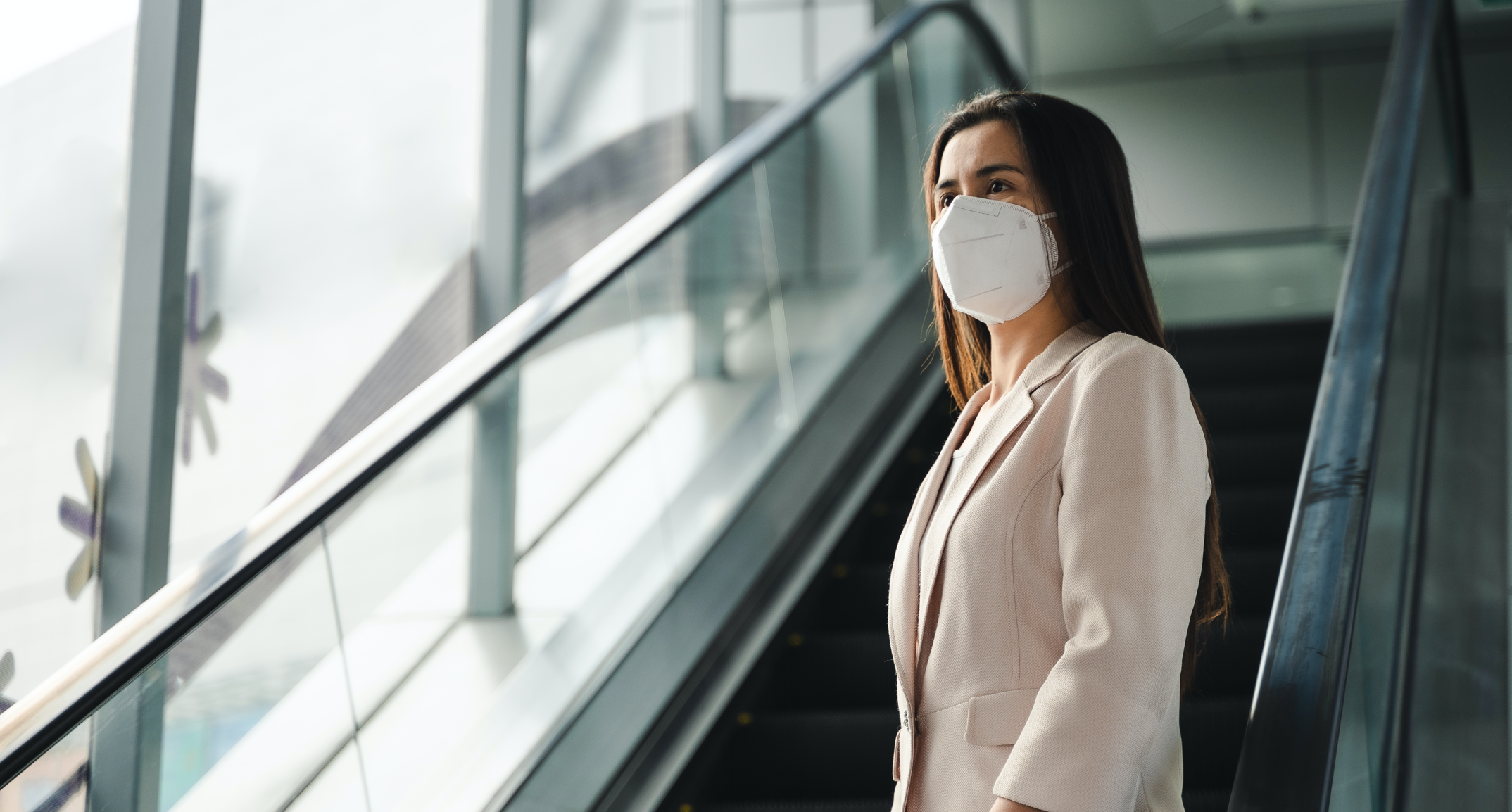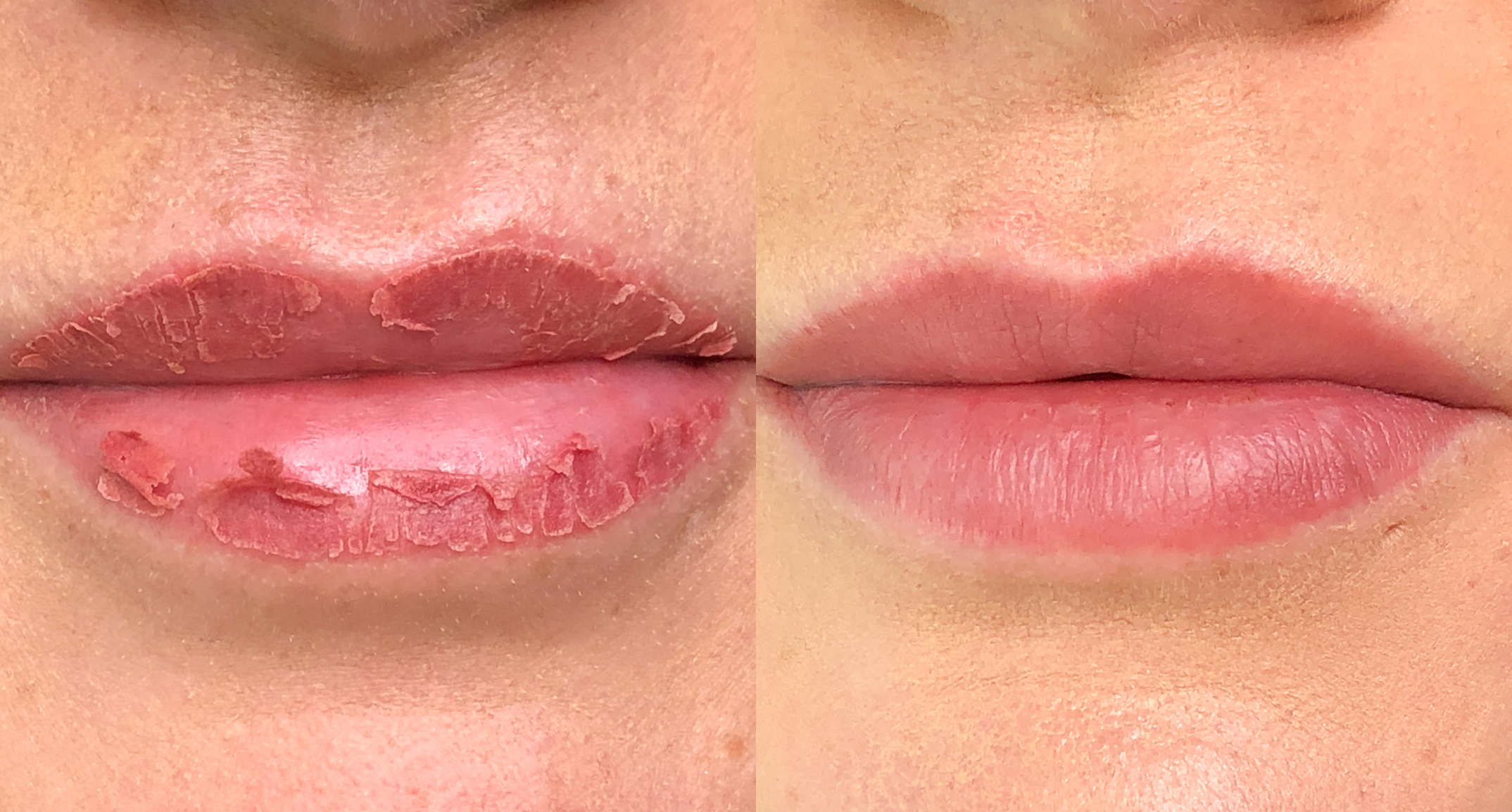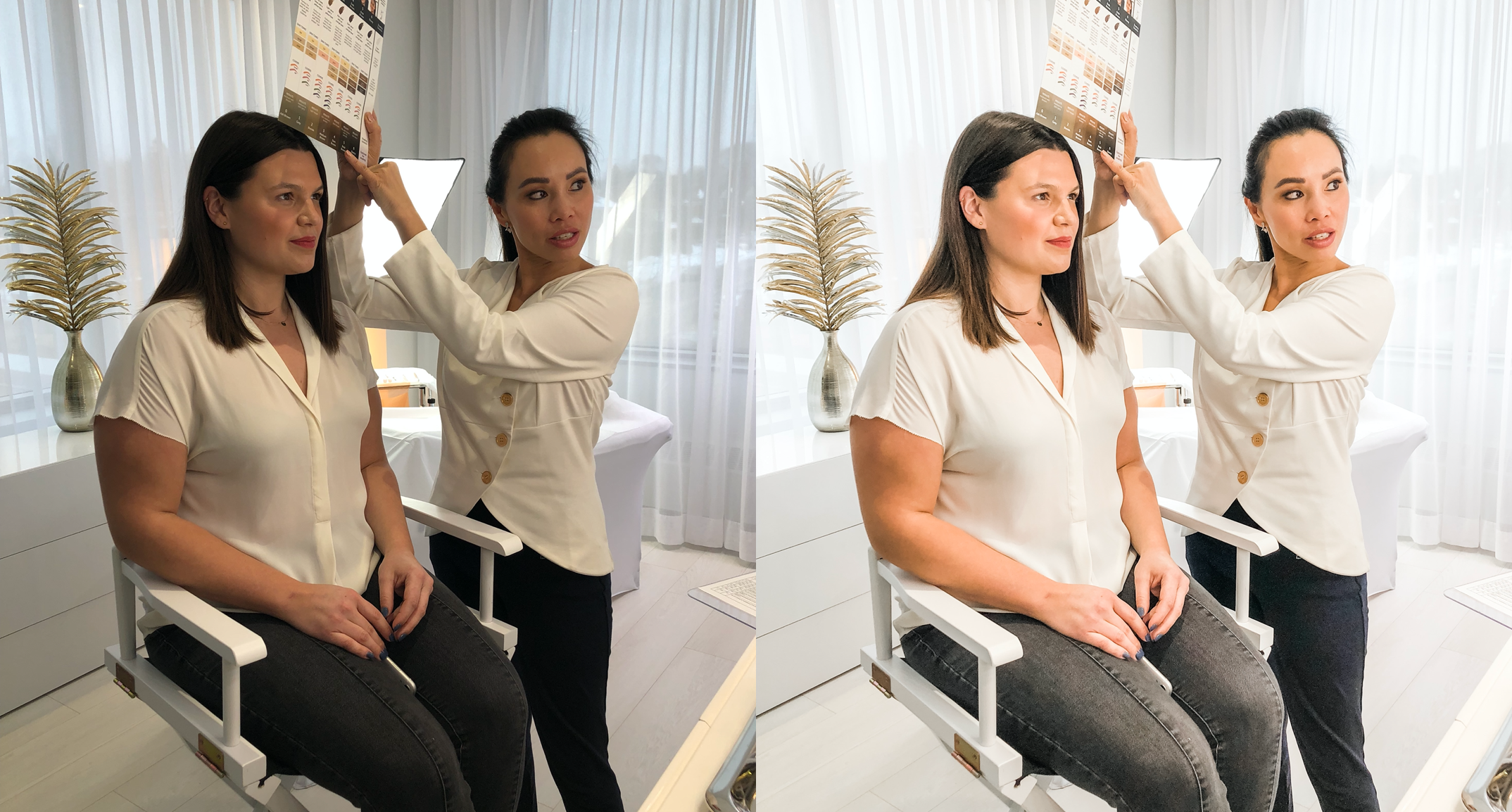
A Better Tomorrow: Re-Opening your Business Safely

The permanent makeup industry is one of the best-prepared industries for the safe re-opening and return to work. We already know and understand appropriate cleaning and disinfection practices to ensure our clients’ safety while performing procedures. With that in mind, we must continue to implement our regular cleaning protocols, along with introducing new procedures based on recommendations by our governments and regulatory bodies, to ensure the containment and eradication of COVID-19, and to keep ourselves and our clients safe.
To help, we have compiled a list of guidelines for the safe re-opening of permanent makeup studios as recommended by the World Health Organization, the Centers for Disease Control and Prevention, The Society of Permanent Cosmetic Professionals, the Alliance of Professional Tattooists, the Body Art Education Alliance, Perma Blend, and the Association of Professional Piercers.
During this pandemic, information continues to evolve very quickly on a daily basis. Tina Davies Professional will make every effort to ensure regular updates of this document as new and better information becomes available. If you have suggestions for improvements to this article, please email support@tinadavies.com.
As a reminder, it is important to follow local, state or provincial, and national guidelines. This means taking measures to keep yourself informed of what these rules, guidelines, and policies are and regularly researching updated information from reliable sources.
If your local authorities have granted permission to return to work, here are some guidelines on how to do so safely.
Prior to Opening
Once you decide to re-open, consider a very limited schedule, in the beginning, to assess protocols and adjust as necessary.
- Ensure there is a sufficient supply of personal protective equipment (PPE) and cleaning/disinfecting supplies before accepting clients. The amount and type of supplies required per client will increase significantly. Supplies needed during this time may be harder to obtain and likely will cost more. Be sure to calculate the number of masks, gloves and cleaning supplies you will need for a minimum two week’s supply beforehand and start ordering them now.
Considerations:
- Masks should be available for both artists and clients as well as additional staff (receptionists, etc) and changed for each client entering the studio.
- A second layer of protection, such as face shields, should be considered for artists.
- Disposable aprons, sleeves, caps, or gowns provide a layer of protection; lab coats or other fabrics are not appropriate unless professionally laundered to healthcare specs and are fresh for each client.
- The artist should not wear long sleeves or jewellery.
- A handwashing sink should be available to both artists and clients with hand sanitizer onsite.
- Have large plastic bags for clients’ personal items if they are not leaving these items in their car.
- Adequately stock EPA-registered disinfectant wipes and liquids.
- Have an increased supply of paper towels for more frequent handwashing, including client use.
- Written protocols for cleaning and disinfection should be established and displayed.
- Each professional should create their own set of protocols if working in a multi-service facility with multiple staff/employees. Each service will face different levels of exposure.
- Marking areas on the studio floor to designate a 6-foot perimeter distancing.
Client Consultations and Booking New Appointments
Many are reconsidering face-to-face consultation appointments and are conducting them virtually and/or at the scheduled appointment time. Modification to client intake forms and information provided to clients should be expected.
Considerations:- Update website information explaining any changes being made.
- Send emails to existing clientele explaining studio protocol changes and what clients should expect.
- Create a client checklist to include their personal and family members’ health, quarantine, travel and COVID-19 exposure history, including results of any testing performed.
- Consult with an insurance company regarding COVID-19 liability as it concerns artists and businesses, employees, and clients.
- Add COVID-19 precautions that are being taken within the studio to the client information packet and/or informed consent documents.
- Clients should complete forms online with auto-sign prior to entering the studio.
- Aftercare instructions should also be provided electronically with intake forms.
- Determine a payment structure to avoid handling cash, checks, or credit cards.
- Establish a plan in advance for taking before and after photos.
- Bookings should be spaced apart in such a way to allow ample time for additional cleaning and disinfecting of shared surfaces and spaces.
- Appointments should be spaced enough apart to support social distancing.
Before Appointments
- Employees must be screened for symptoms before each shift, before entering the facility. Anyone with symptoms is immediately excluded.
- Prior to opening, disinfect/sanitize all surfaces that may come in contact with customers and employees.
- Only allow customers by-appointment-only (including legal guardian or witness from the same household, and employees in the establishment). Customers should maintain social distancing.
- Limit the people in the studio and procedure rooms to client and artist only. No friends, partners or children should attend appointments (with the exception of guardians if required by law).
- Refusing service to any client who arrives with symptoms.
- Asking employees to self monitor their temperature before leaving for work
- Develop and agree to a response plan in case someone in the workplace becomes ill with symptoms of COVID-19. This plan should include at least:
- Identify a room or area where someone who is feeling unwell or has symptoms can be safely isolated
- Have a plan for how they can be safely transferred from there to a health facility.
- Know what to do if a staff member tests positive for COVID-19 during or just after their work shift
- If an employee develops symptoms at work, follow the protocol you’ve developed, gather together the names of the clients they worked with, and contact your local department of health.
- Monitor and record employee temperature with a non-contact thermometer device in the facility several times a day (if allowed by local law).
- Monitor and record each client’s temperature non-contact thermometer device (if allowed by local law and client consents to this).
During Appointments
Client Arrival
- With multi-use offices/studios, clients may be asked to use the restroom before they leave home, and refrain from using the office restroom.
- It is important clients come alone and the artist has performed handwashing for 20 seconds with soap and warm water prior to seeing the client.
- Once within the establishment, the client should place all belongings, including cell phones, into a bin lined with a plastic bag and immediately apply the mask provided beside the bin.
- The client is then guided to the handwashing station to wash their hands with soap and warm water for 20 seconds and go directly to the procedure area. Some artists may request that the clients don gloves.
- Customers should wash and or/sanitize their hands before and after handling any papers, documents, pens, surfaces, keyboards, or devices.
- Artists and clients should take care of any phone calls necessary before entering the studio. Phones should not be used during appointments unless sanitized and covered by disposable plastic wrap.
- Confirm appointments personally by phone and review current and the past 14-day health history 24 hours in advance, including possible exposure incidents.
- Artists may wish to reconsider cancellation fee policies for those clients who feel unwell and may not otherwise cancel if they will lose money.
- Allow adequate time for cleaning/disinfecting between clients, including doorknobs, sinks, restrooms, and procedure areas. Establish a specific area for completed forms by clients if using paper forms; clipboards, pens, etc., must be disinfected.
As a reminder, gloves are to be worn when touching the client, even during brow mapping, or other design work. Talking should be kept at a minimum and explained to the client that more particulates are expelled during conversation. There is also evidence that nasal breathing will produce less moisture than mouth breathing, and the nasal passage is the first line of defence. The SPCP Best Practices Committee has discussed that in the early return to work stages, professionals may wish to consider only brow tattooing to avoid other potentially infectious materials – (OPIM or all fluids under universal or standard precautions). Clients should wear masks, especially since they often sneeze during brow procedures. Scar camouflage and nipple/areola tattooing fall into relatively the same exposure category of brow tattooing. While many will wish to perform eyeliner tattooing soon after, eyeliner procedures pose a potential risk of transmission. Lip tattooing is considered to carry a much higher risk.
Post-appointments
- Clients should receive an electronic version of aftercare instructions, but it is important to review them verbally.
- It is also critical for the client to inform you if they exhibit any signs of COVID-19 after the procedure.
- If the artist has been exposed to a client who soon-after develops symptoms, the artist must follow local mandates which will likely include cancelling all clients for the next 14 days.
- Prior to closing for the day, disinfect/sanitize all cleanable surfaces that may have come in contact with customers and employees.
Tina Davies Professional has always strived to support the permanent makeup community. Now, more than ever, we will continue to update and inform you on best practices to keep you and your clients safe. We’re here for you. We got this!
Have you stocked up on your necessities before re-opening?
Shop KN95 Disposable Face Masks
Get prepared and SAVE with these back-to-work bundles:
Mini Sterile Kit + Masks Safety Set
Sterile Kit + Masks Safety Set
Sterile Kit + Masks + Aftercare Safety Set
References
https://safe-tattoos.com/tattoos-%26-covid-19
https://www.neha.org/sites/default/files/news-events/BAEA_Covid_Statements.pdf
https://www.spcp.org/information-for-technicians/spcp-guidelines/covid19/
https://www.spcp.org/pdfs/SPCP_Covid19_Return_to_Work_Guidance.pdf
https://www.who.int/emergencies/diseases/novel-coronavirus-2019








1 comment
Thank you Tina this is very helpful and I will share this with my colleagues
Els van Gogh
Leave a comment
This site is protected by hCaptcha and the hCaptcha Privacy Policy and Terms of Service apply.